Embarking on the journey of Saddlebred rescue and rehoming can be an incredibly rewarding experience for equine enthusiasts and hobbyists. In this article, we’ll explore the distinctive history, characteristics, and temperament of the American Saddlebred breed, as well as the importance of providing them with a safe and loving home.
Table of Contents (Horspedia)
Understanding Saddlebred Horses
The American Saddlebred horse is a unique and elegant breed with a rich history that dates back to the early 1800s. Known for their athleticism, beauty, and versatility, Saddlebreds have been bred to excel in various equestrian disciplines such as saddle seat riding, pleasure driving, and horse shows. However, due to various factors such as overbreeding, economic downturns, and lack of proper care, some of these horses may end up in rescue situations. Understanding the characteristics and history of the breed can help enthusiasts and hobbyists better appreciate the need for Saddlebred rescue and rehoming efforts.
Saddlebreds are known for their distinctive five-gaited movement, which includes the walk, trot, canter, slow gait, and rack. This breed’s smooth gaits and elegant appearance have made the American Saddlebred a popular choice for horse shows and parades. However, due to the competitive nature of the show world, some Saddlebred horses experience a high level of pressure and stress, which may lead to physical injuries or behavioral problems. In other cases, inexperienced owners may not be able to provide adequate care or training, resulting in horses that are abandoned or surrendered to rescue organizations.
In Saddlebred rescue and rehoming, it is crucial for potential adopters to understand the temperament and specific needs of these horses. Generally, Saddlebreds are known to be intelligent, sensitive, and eager to please, making them well-suited for various equestrian disciplines and training programs. However, due to their innate sensitivity, Saddlebreds may require a patient and calm approach in their handling, training, and rehabilitation. Enthusiasts, hobbyists, and experienced horse lovers who are willing to invest time and effort into understanding the characteristics and care requirements of the American Saddlebred can play a vital role in providing these deserving horses with a second chance at a happy and healthy life.

Common Reasons for Rescue & Rehoming
One of the common reasons for Saddlebred horses to require rescue and rehoming is owner surrender. This can happen for various reasons, such as financial constraints, health issues of the owner, or a change in the owner’s living situation where they can no longer care for the horse. Additionally, some Saddlebred owners might not be fully aware of the time and effort required to properly care for a horse, which can lead to a horse being neglected and eventually surrendered to a rescue organization. By bridging the gap between potential adopters and rescue organizations, enthusiasts and hobbyists can facilitate a smooth and successful transition for the Saddlebred horses into their new homes, ensuring that they receive the care and attention they deserve.
Abuse and neglect are other situations that may lead to a need for Saddlebred rescue and rehoming. Sadly, not all horse owners treat their animals humanely, and instances of abuse and neglect can lead to horses suffering from physical and emotional harm. In such cases, the intervention of animal welfare organizations is necessary to provide the horse with needed care and rehabilitation. Additionally, overpopulation in certain areas can lead to the neglect of horses, as there are too many for the resources available. Rescuing and rehoming Saddlebreds from these situations can help alleviate stress on struggling populations and improve their overall quality of life.
Abandonment is yet another factor contributing to the need for Saddlebred rescue and rehoming. Horses may be left behind when an owner moves away or can no longer care for them. Additionally, inexperienced or unprepared owners may find themselves overwhelmed by the responsibility of owning a Saddlebred, leading them to abandon the horse. In these cases, rescue organizations work diligently to rehabilitate and rehome the horses, finding them new and loving environments in which they can thrive. By working together, rescue organizations, experienced horse owners, and enthusiasts can help ensure a bright future for Saddlebred horses in need.

Finding Reputable Saddlebred Rescues
To support Saddlebred rescue and rehoming efforts effectively, it’s crucial to find reputable organizations that dedicate their resources to these horses’ welfare. Begin by conducting thorough research on various Saddlebred rescues, sanctuaries, and adoption centers. Online resources, such as the American Saddlebred Horse Association (ASHA), and other reputable horse organizations, will have listings of recognized facilities. Moreover, it is helpful to reach out to local equestrian communities, clubs, and veterinarians for recommendations and referrals, allowing for smooth collaboration between enthusiasts and organizations in finding suitable homes for these magnificent horses.
In determining the credibility and effectiveness of a potential Saddlebred rescue, it is crucial to investigate their transparency. An organization must be open and honest about their mission, methods, and successes. This information should be readily available online or upon request. Additionally, it’s valuable to inquire about the rescue’s financial management – transparent rescue organizations will have their expenditures, like veterinary expenses, staffing, and other operational costs, available for review. Requesting references or testimonials from previous adopters or volunteers is another excellent way to evaluate the rescue’s reputation.
When selecting a Saddlebred rescue organization, it is important to consider their adoption process and requirements. A reputable facility will have a comprehensive screening process to ensure the best fit between the horse and potential adopter. This process may include home visits, financial checks, and veterinary references. Be sure to ask about the rescue’s long-term vision for the horses, including post-adoption support, training programs, and available resources for adopters. The organization’s commitment to the wellbeing of the Saddlebred should extend beyond the initial adoption, ensuring all parties involved have a successful and fulfilling experience.

The Rescue Process & Requirements
Understanding the rescue process for Saddlebred horses is also essential for enthusiasts and hobbyists looking to become skilled in saddlebred rescue and rehoming. The process typically begins with the identification of a horse that is in need of assistance, whether it be from an owner surrender or a situation involving neglect or mistreatment. Once a Saddlebred rescue organization is notified of a horse in need, they will first evaluate the situation to determine the appropriate course of action. This often includes assessing the horse’s current living conditions, physical health, and behavioral needs. Paperwork is an essential element of the rescue process, as it allows the organization to maintain accurate records of each horse’s history, medical needs, and any other important information. This documentation is crucial for tracking the progress of the horse and ensuring its needs are met throughout the rescue and rehabilitation process.
Upon intake of the Saddlebred into the rescue program, a thorough evaluation will be performed, including a veterinary examination to identify any immediate health concerns or injuries. This assessment allows the rescue organization to develop a customized rehabilitation plan tailored to the individual needs of the horse. During the rehabilitation phase, the Saddlebred may receive medical care, such as dental work and vaccinations, along with physical therapy, nutritional support, and socialization with other horses to improve its overall well-being. In addition to addressing the horse’s physical health, training programs are commonly implemented to ensure that the Saddlebred is prepared for a successful transition to a new home. These programs may focus on basic handling skills, ground manners, under-saddle training, and other specific needs the horse may have.
As a Saddlebred enthusiast or hobbyist, it’s important to understand the thorough and comprehensive approach taken by rescue organizations in the rehabilitation and rehoming process. These organizations carefully monitor the progress of each horse through the various stages of recovery and training while searching for the perfect adoptive home. They screen potential adopters to ensure they possess the necessary knowledge, resources, and commitment to provide a suitable environment for the horse. By carefully matching each Saddlebred with its new home, rescue organizations increase the likelihood of a successful adoption and smooth transition for the horse. Hence, ensuring each Saddlebred receives the care, support, and loving home it deserves.
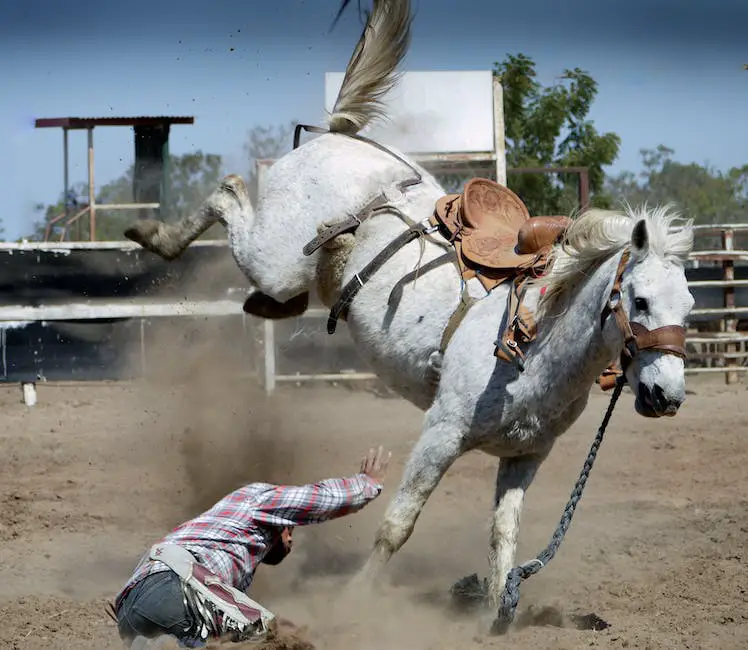
Adopting & Rehoming a Saddlebred
As an adopter in the Saddlebred rescue and rehoming process, you’ll likely find it to be an incredibly rewarding experience, as it provides a second chance at life for these magnificent equines. The adoption process typically begins with an application, which helps establish your level of experience, the suitability of your facilities, and your understanding of the time and financial commitment required to care for a horse. Many rescue organizations then conduct a home check to ensure each Saddlebred will be properly housed and cared for in its new environment. Additionally, some rescues offer trial periods that allow both adopter and horse to spend time together, ensuring a great fit before making a final commitment. This important step fosters a successful, long-term, mutually beneficial relationship between horse and adopter.
There are numerous advantages to adopting a rescue Saddlebred, one of which is the unparalleled opportunity to transform a horse’s life. Many rescued horses have experienced neglect or abuse, and their resilience in the face of adversity often highlights their will and desire to build relationships with humans. Saddlebreds have an innate level of intelligence, color, and charm, and adopting one as your equine partner can lead to deeply rewarding personal interactions and competitive success. Furthermore, the adoption fees for rescued Saddlebreds are generally much lower than the cost of purchasing a horse from a private seller, and the knowledge that your investment directly supports rescue organizations’ continued efforts to rehabilitate and rehome horses in need can make the adoption choice even more meaningful.
Becoming skilled in Saddlebred rescue and rehoming entails being fully aware of the responsibilities that come with this noble endeavor. Maintaining the horse’s well-being through proper nutrition, exercise, and regular veterinary care is of utmost importance. Furthermore, investing time and effort in building a strong bond with your equine companion is the foundation for a successful future together. Keep in mind that a rescued Saddlebred may have faced challenges that require time, patience, and professional guidance to overcome. Embrace the journey of rehabilitating and rehoming this magnificent breed, showcasing generosity of spirit and commitment to the best possible outcome for both horse and human.
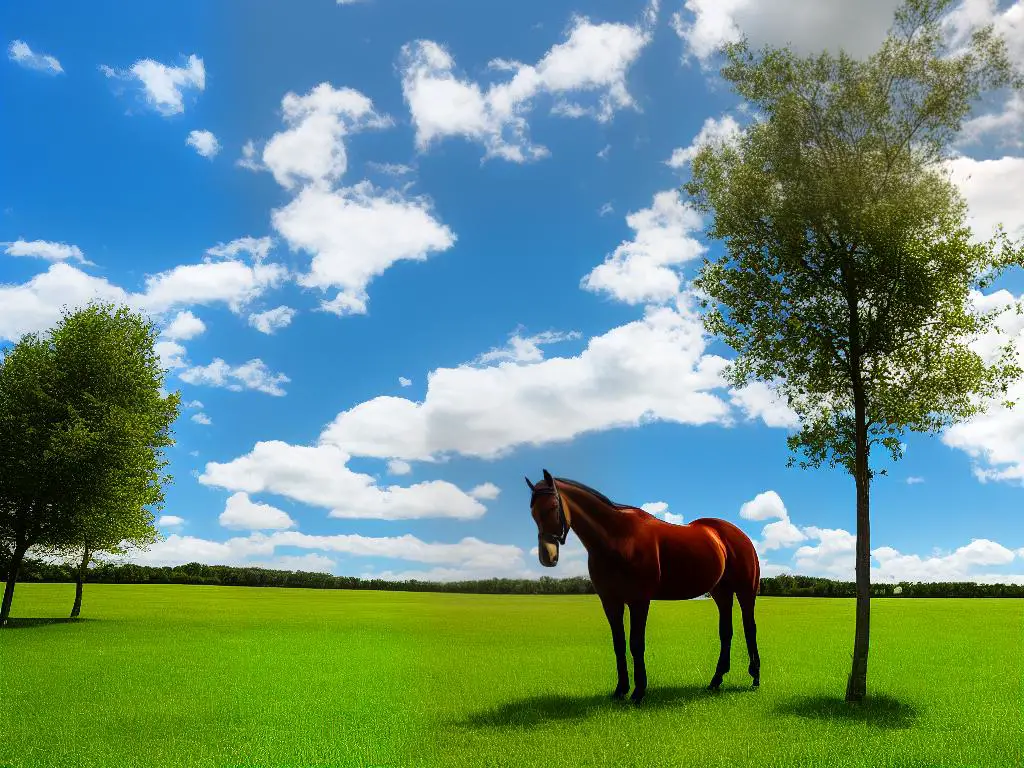
Caring for a Rescued Saddlebred
Providing optimal care for a rescued Saddlebred involves dedication and commitment to the horse’s physical and emotional needs. Ensure a clean, dry, and well-ventilated shelter that offers protection from the elements and allows ample space for the horse to move comfortably. Additionally, secure and safe fencing is vital to avoid sharp objects or hazards that could lead to injuries. Continuously strive to connect the essential aspects of caring for a rescued Saddlebred, and the horse’s well-being will be a testament to your dedication and love for these incredible animals.
Feeding a rescued Saddlebred usually involves providing a balanced diet appropriate for the horse’s age, size, and activity level. Consistent access to fresh water is crucial, as well as regular feeding schedules. Ideally, a rescued Saddlebred should have access to quality hay or grass around the clock. When feeding a horse that has been neglected, it is crucial to introduce food gradually and monitor their intake closely, as overfeeding too quickly can lead to further health issues. Grooming is another key component of caring for a rescued Saddlebred. Regular grooming can support a healthy coat, promote circulation, and provide an opportunity for bonding between horse and caretaker. Equally important is spending time getting to know the horse and building trust through gentle, patient interactions.Addressing healthcare and potential behavioral issues in a rescued Saddlebred involves working closely with a veterinarian, and if needed, an equine behaviorist or trainer. Rescued horses may have health problems as a result of previous neglect or abuse, such as malnutrition, hoof issues, or dental problems. Additionally, many horses can exhibit signs of post-traumatic stress, fear, or aggression. It is crucial to maintain proper healthcare for your rescued Saddlebred by scheduling regular vet check-ups, vaccinations, deworming, dental care, and farrier visits. To address behavioral problems, seeking help from an experienced trainer will ensure the horse can adapt to their new environment and eventually thrive as a cherished companion or working partner.
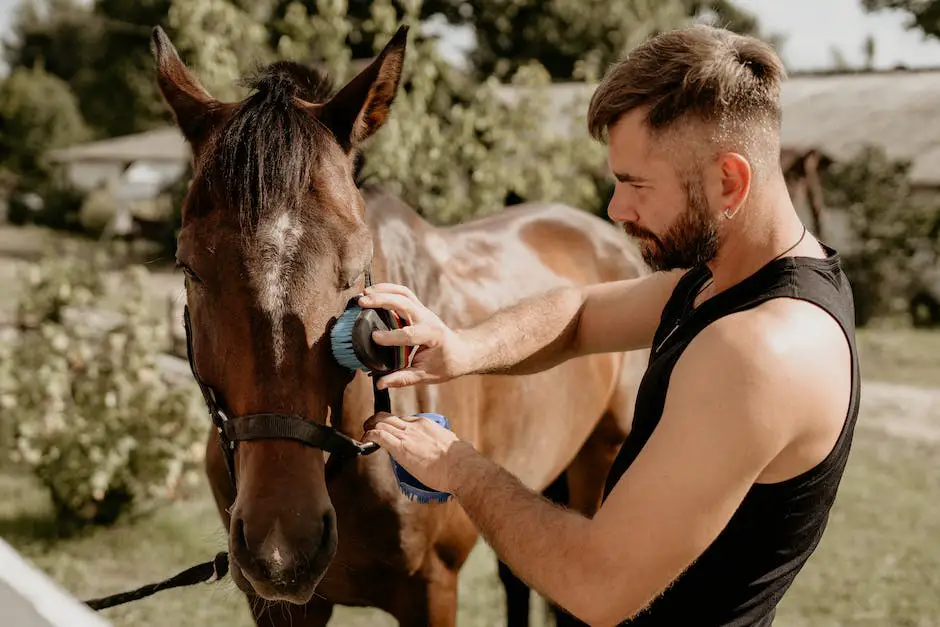
Training & Rebuilding Trust
Building on this foundation of proper healthcare, training and rebuilding trust with a rescued Saddlebred also involves patience, understanding, and consistent positive reinforcement. Groundwork exercises are essential in developing a strong bond and trust between the horse and its handler. A key aspect of these exercises is establishing clear communication by teaching the horse to respect and respond appropriately to pressure, both physically and mentally. Start with basic exercises such as yielding hindquarters, backing up, and moving forward on command. These simple tasks will help establish your role as the leader and enable the horse to gain confidence in its new environment, ultimately setting them up for success.
As the rescued Saddlebred becomes more comfortable with commands and new routines, it is important to maintain a calm and patient demeanor. Remember that rescued horses may have past traumas or negative experiences, so it is crucial to approach training with empathy and understanding. Keep in mind that positive reinforcement is an indispensable tool when working with these sensitive animals. Offer praise and rewards such as treats, grooming, or affection, whenever the horse responds positively to a command or demonstrates good behavior. This will not only help the horse associate you with pleasant experiences but will also encourage the horse to continue putting forth their best efforts.
Incorporating variety into your training sessions is essential to engage and prevent boredom in a rescued Saddlebred. Introduce obstacles, such as poles, cones, or small jumps, to challenge and develop your horse’s skills. Simple exercises like walking and trotting in different patterns or on varied terrain can help stimulate the horse’s mind and improve its agility. Always prioritize your horse’s emotional and physical well-being, ensuring their needs are met and they feel comfortable in their new environment. Gradually building trust and maintaining a patient, positive approach will set a strong foundation for a successful partnership with your rescued Saddlebred.
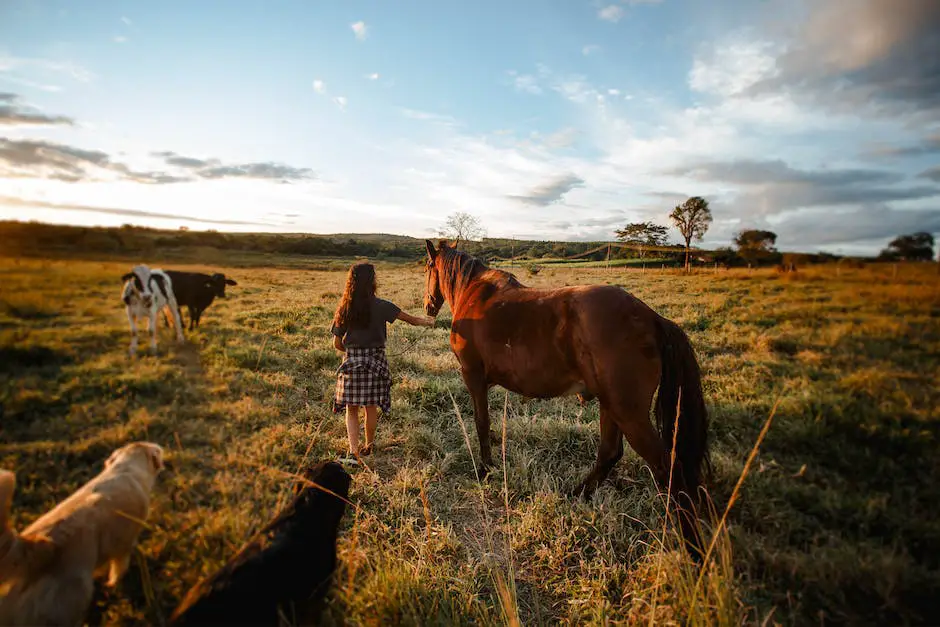
Success Stories & Resources
A heartwarming example of Saddlebred rescue and rehoming success involves a mare named Daisy, discovered in a neglectful situation at an auction lot. Daisy was underweight, malnourished, and in need of emotional support. The caring team at a nearby Saddlebred rescue center took her in, providing necessary veterinary care, proper nutrition, and love. Soon, Daisy formed a strong bond with a young visitor named Emily, who had been searching for her very own horse. Their connection was instant and undeniable. With months of diligent care and ongoing support from the rescue center, Daisy and Emily now share an inseparable bond and enjoy competing together in local horse shows, achieving much success.
Another inspiring story revolves around a dashing Saddlebred gelding named Winston. Winston had been abandoned by his previous owner and was discovered in terrible living conditions when the rescue team found him. With time, love, and care, Winston’s health improved dramatically. In his search for a new family, he encountered a couple looking for a horse to form a deep connection with while exploring the local riding trails. The couple immediately felt drawn to Winston, and they eagerly took him to their loving home. Through loving care and the support of dedicated enthusiasts, Winston has found his second chance at a fulfilling life, enjoying his days happily riding through the countryside.
Furthermore, several resources are available to those interested in Saddlebred rescue and rehoming, including online forums, educational materials, and rescue organizations specializing in the breed. In addition to these resources, social media platforms allow people to connect with other Saddlebred enthusiasts and rescue groups, sharing their experiences and advice on the rescue journey. By actively engaging with these resources and seeking support from others with similar interests, enthusiasts can contribute to the success of more horses like Daisy and Winston, paving the way for more inspiring success stories in the world of Saddlebred rescues and adoptions.
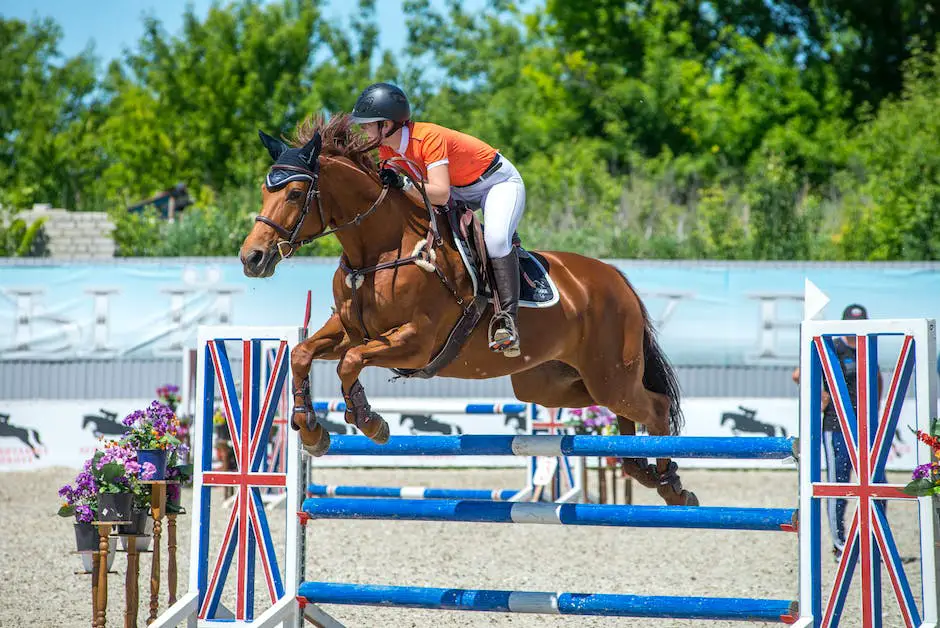
Throughout this comprehensive guide, we’ve examined the various aspects of Saddlebred rescue and rehoming, from understanding the breed’s unique traits to navigating the adoption process and providing the necessary care for a rescued horse. By arming yourself with this knowledge and connecting with reputable organizations dedicated to the welfare of these majestic animals, you can make a positive impact on the lives of Saddlebred horses in need and experience the joy and fulfillment that comes from giving them a second chance at happiness.
